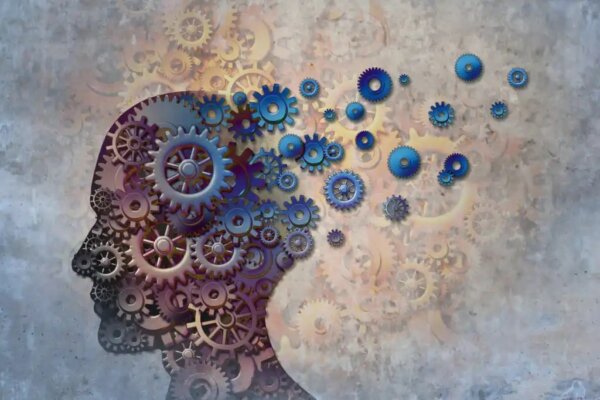The DSM and its Fascinating History

The history of the DSM (Diagnostic and Statistical Manual of Mental Disorders) is the story of how a certain section of humanity conceived of the human mind. Many countries still use this manual as the main diagnostic tool for mental illness. However, its development has been the subject of controversy and, over time, many questions have been asked.
One of the first criticisms is that, despite its name, it contains no statistics. Questions also surround the manner in which the manual classifies mental disorders. Furthermore, the history of the DSM itself contains chapters that appear to be completely at odds with its scientific nature.
Often, the disorders they describe in this manual are used more in the way of labeling people than as methods of treatment. In addition, the treatment they suggest is almost always pharmacological. Many experts criticize this fact. Anyway, let’s take a closer look at the fascinating history of the DSM.
“Will we be at the start of something new or will the cure be established by a “magic pill”? Will psychiatry be refounded? On what basis? Interesting times are coming.”
-Alejandro García-

The history of the DSM
In the USA, they made the first formal system for the classification of mental disorders in 1917. It was designed by the American Medico-Psychological Association. This organization later became the American Psychiatric Association (APA). However, it wasn’t until 1952 that they first published the DSM. This was the DSM 1.
One of the problematic aspects in the history of the DSM is that it arose at a time when there was a great interest in “pacifying” society, after the atrocities of World War II. In fact, the APA approached many military psychologists to design the manual.
From the outset, a question arose regarding the classification of mental disorders in such a categorical manner. These criticisms came from the fields of psychology and psychoanalysis as they held more holistic views. Initially, the DSM only classified a few disorders. This led to a second version that included 36 disorders.
The turning point
There was a specific turning point in the history of the DSM. It occurred when David Rosenhan conducted his famous experiment. In fact, he proved that the diagnostic criteria used in the DSM were extremely inaccurate and risky. Hence, psychiatry was called into question. Faced with this, psychiatrist Robert Spitzer launched an offensive. The result of this was the DSM III.
The idea was to create a manual that completely dispensed with any subjectivity. Up until this time, the manual had included possible causes of disorders as well as certain remarks about treatments. However, the third version discarded these. In fact, this version aimed to make a list of disorders and describe the sets of defining symptoms for each one.
Who carried out this work? A group of American psychiatrists. How did they define each disorder and its characteristics? Through an extremely “democratic” method: voting. If the majority voted to include the disorder, they included it. If not, they excluded it. Only psychiatrists from the organic school were admitted to the group.
The aim was for the manual to be used universally. In fact, in all cultures, and for all individuals. The list finally included 265 disorders. The only one that wasn’t approved was that of “atypical child syndrome” whose creator defined it as “ a child with indefinable but atypical symptoms”

The DSM today
In 1994, they created the fourth version of the DSM. As before, they intended to give better precision and specificity to the included concepts. Furthermore, they aimed to use less ambiguous language. In this version, they listed 404 disorders.
In 2013, they created the fifth version. However, this has been the most controversial of all in the history of the DSM. In fact, it’s been criticized on all fronts. It cost a great deal of money, was worked on for ten years, yet produced disappointing results. Even the authors themselves admitted it.
This version included questionable clinical entities such as attenuated psychosis syndrome, otherwise known as psychosis risk syndrome. It’s a condition that indicates in the future someone may develop psychosis. However, experts claim that it could lead to false-positive diagnoses in the region of 75%
It isn’t for nothing that the World Health Organization (WHO) doesn’t recommend the use of this manual. Instead, they propose the use of the ICD-10 (International Classification of Diseases). Nevertheless, this publication is also not without controversy. However, in addition, the National Institute of Mental Health (NIMH) has decided to completely abandon the DSM. Perhaps its final chapter has begun.
All cited sources were thoroughly reviewed by our team to ensure their quality, reliability, currency, and validity. The bibliography of this article was considered reliable and of academic or scientific accuracy.
Georgiopoulos, A. M., & Donovan, A. L. DSM-5: un sistema de diagnóstico psiquiátrico.
This text is provided for informational purposes only and does not replace consultation with a professional. If in doubt, consult your specialist.








